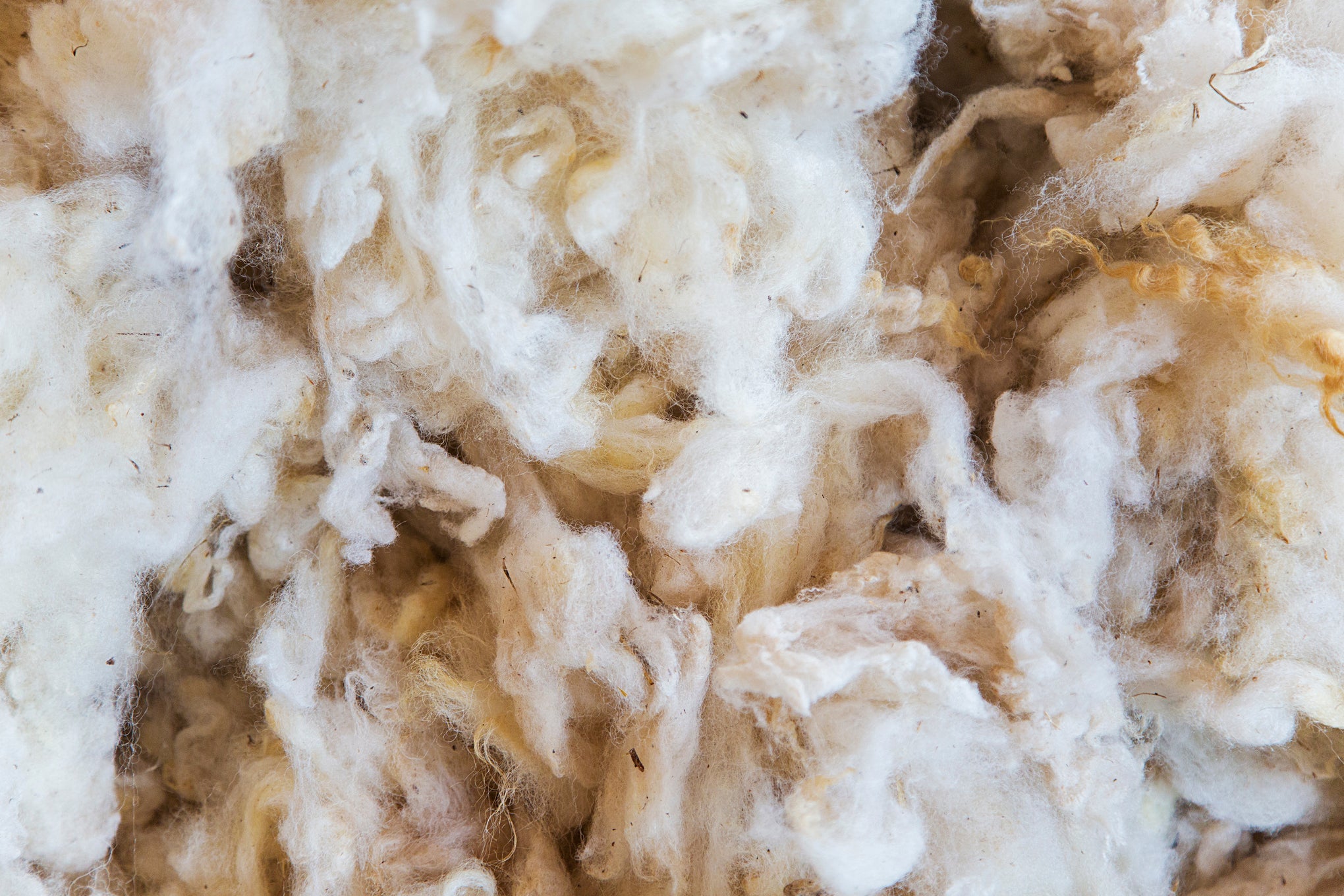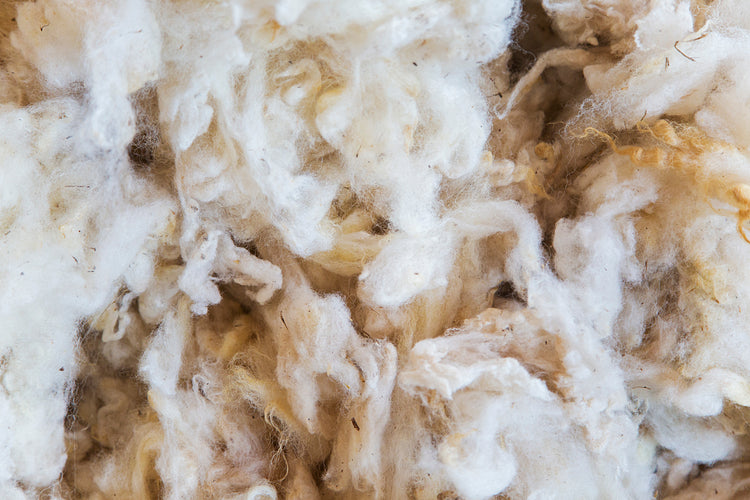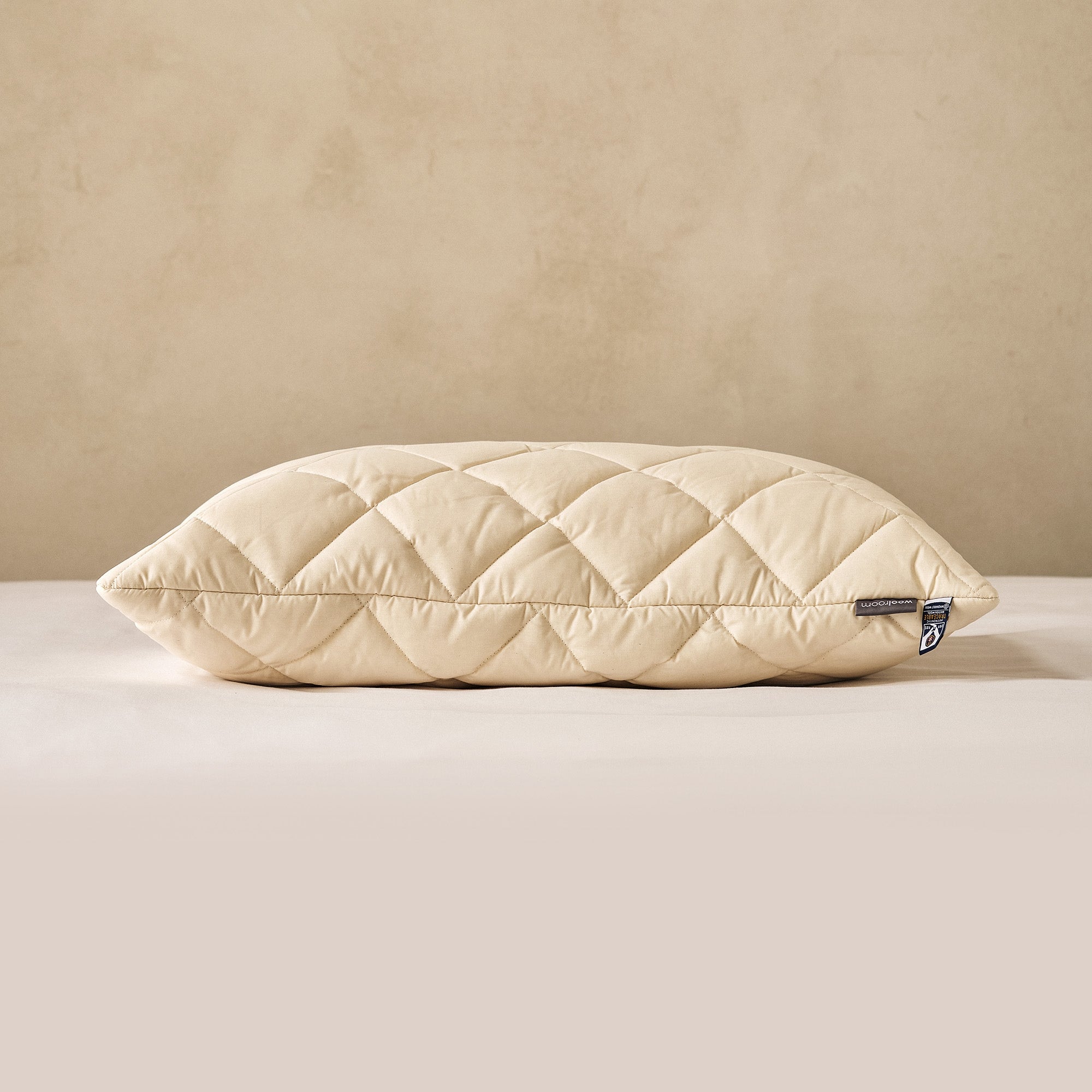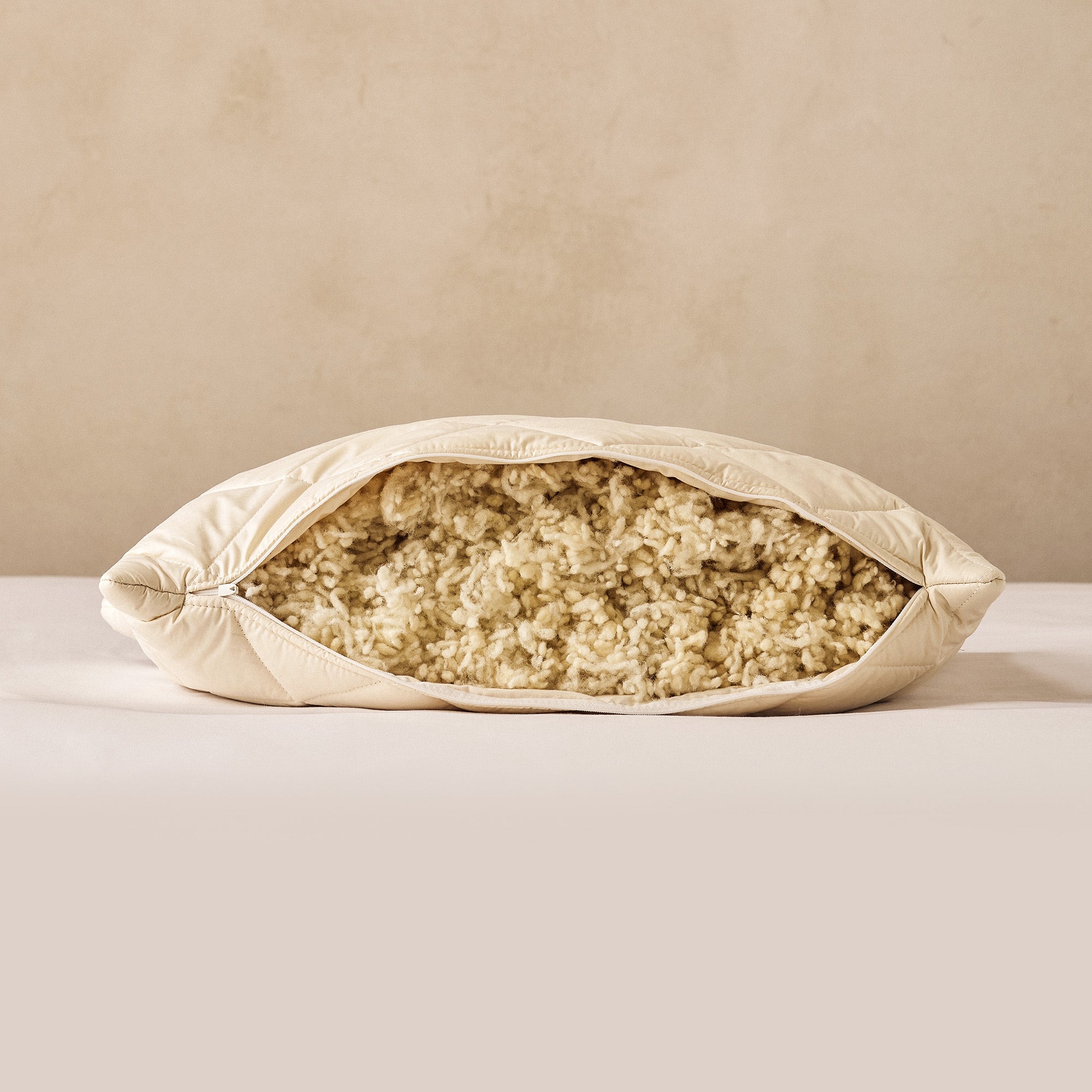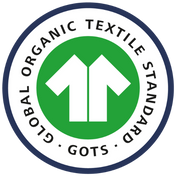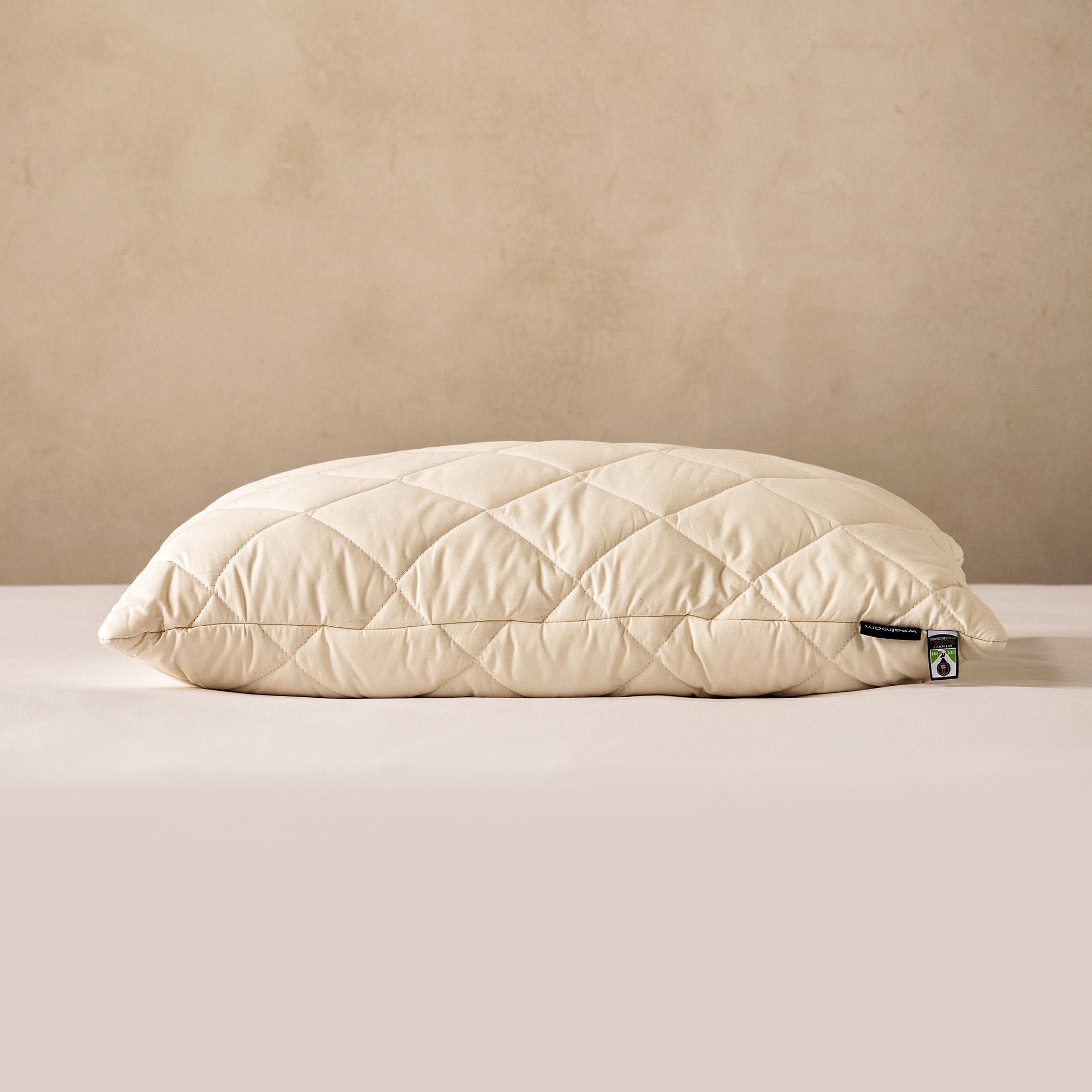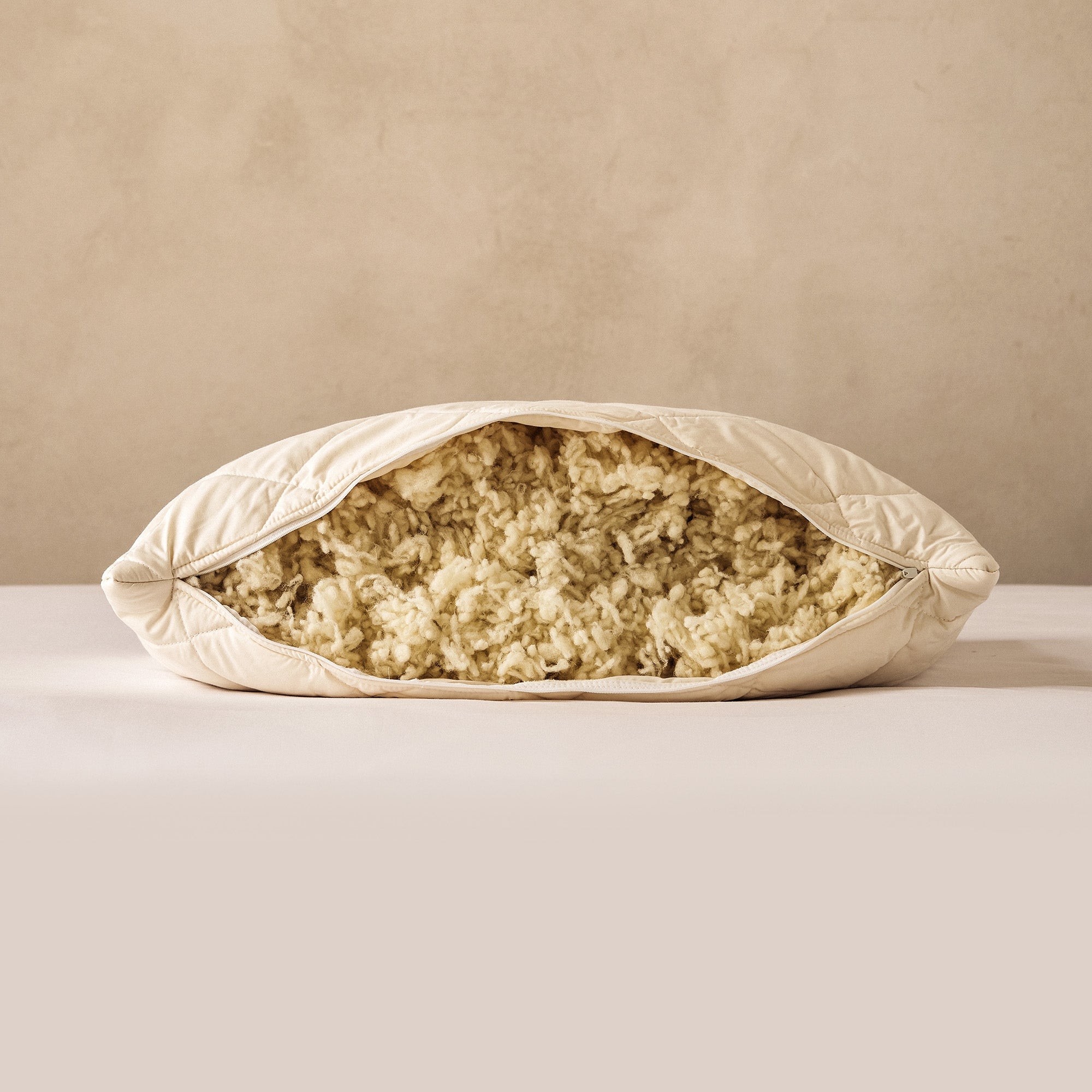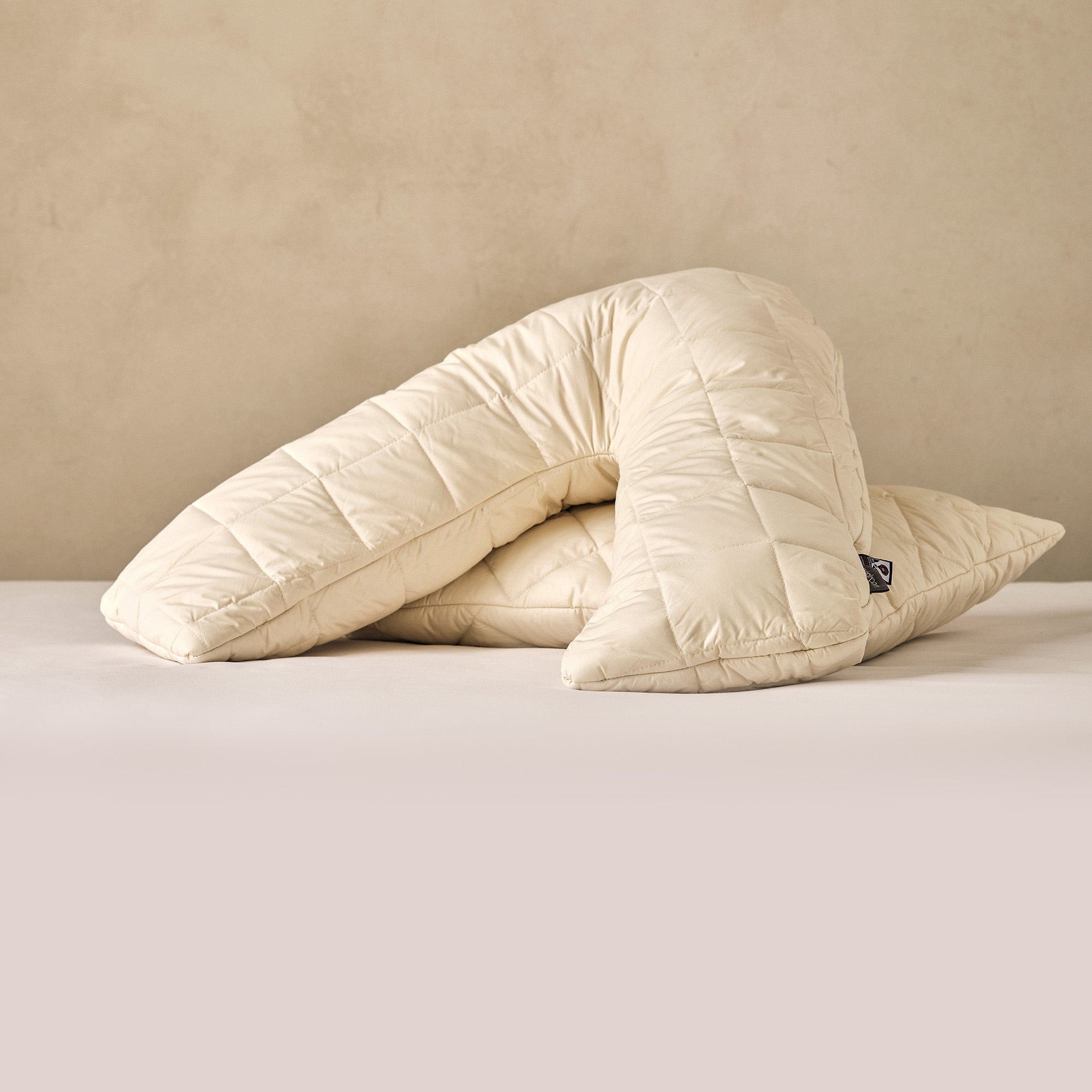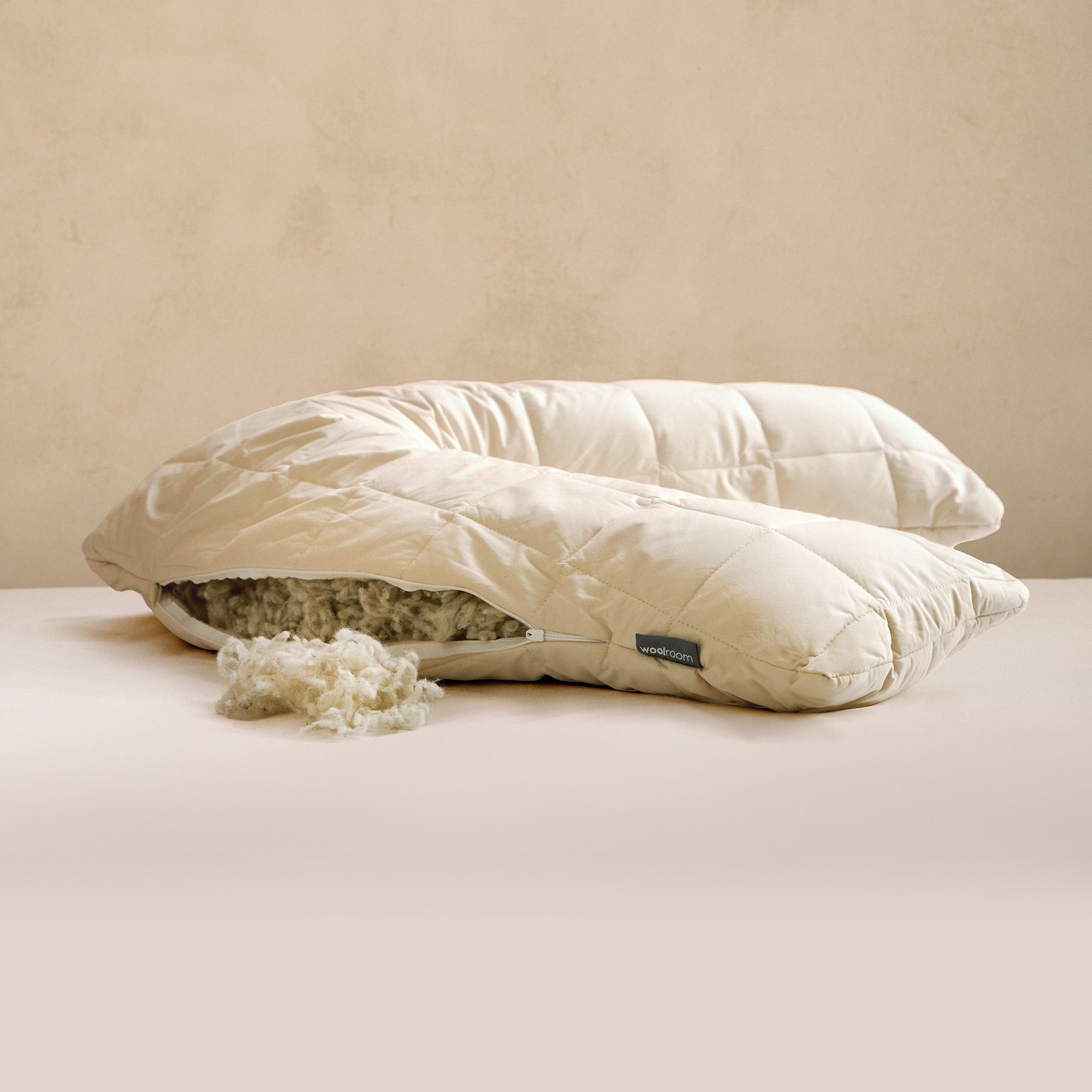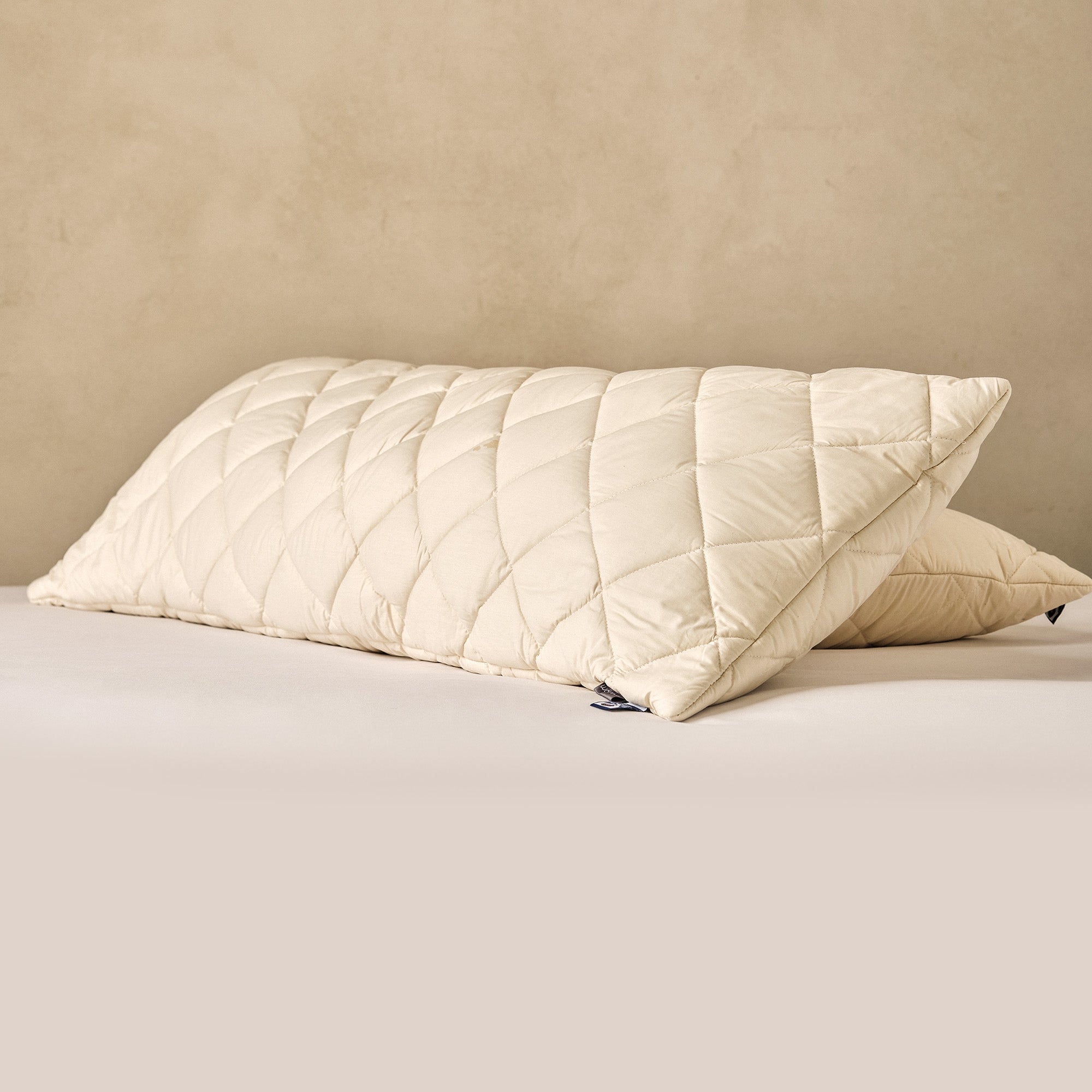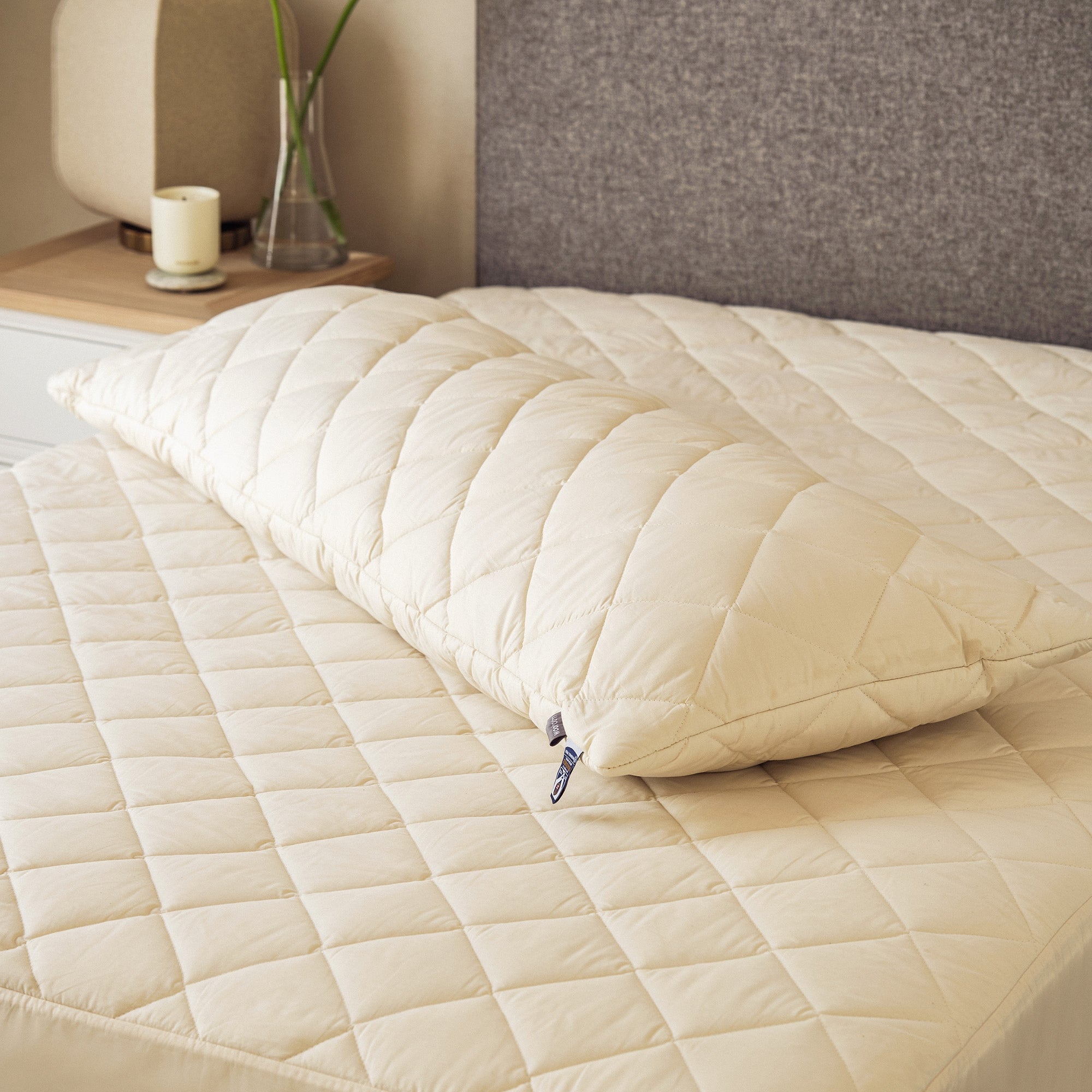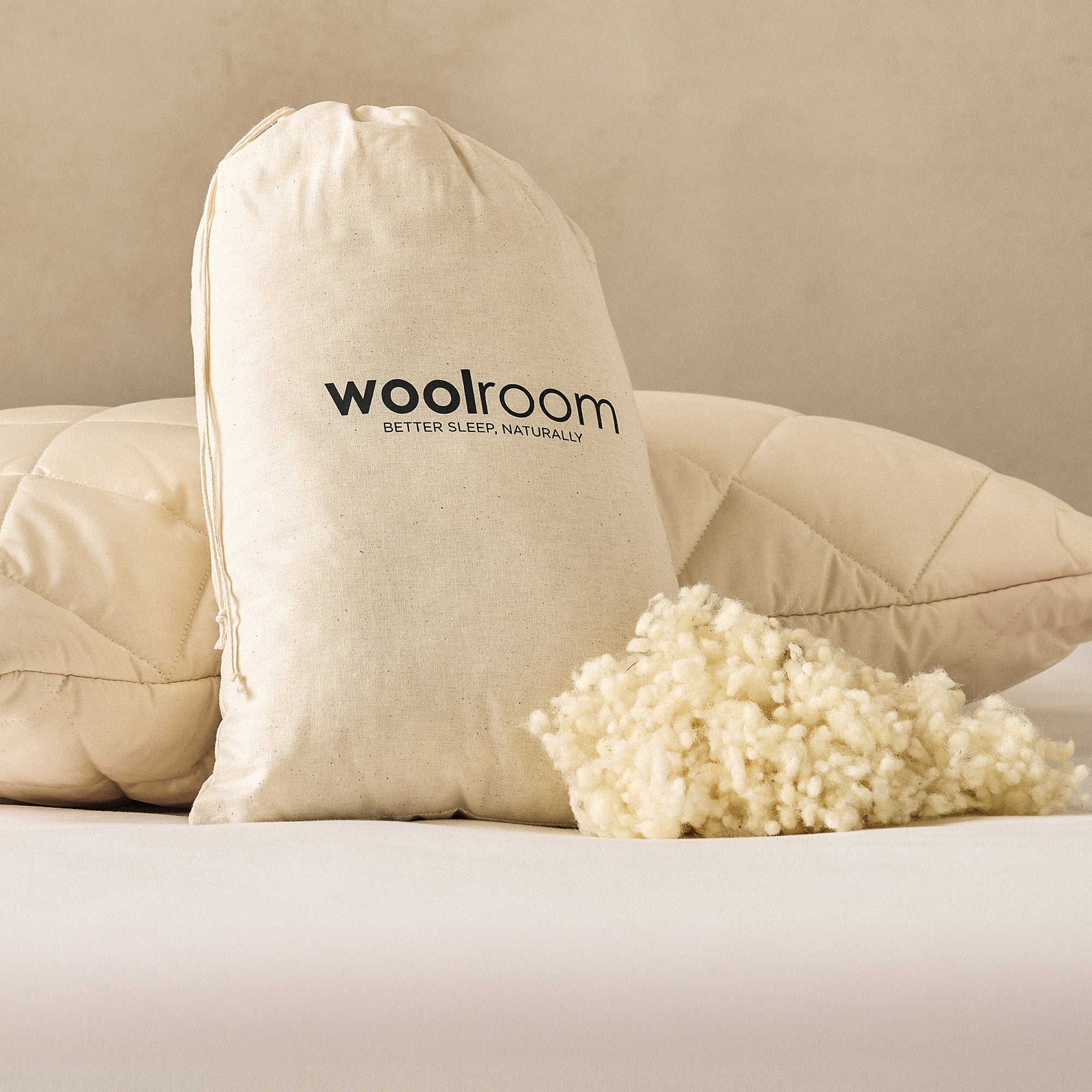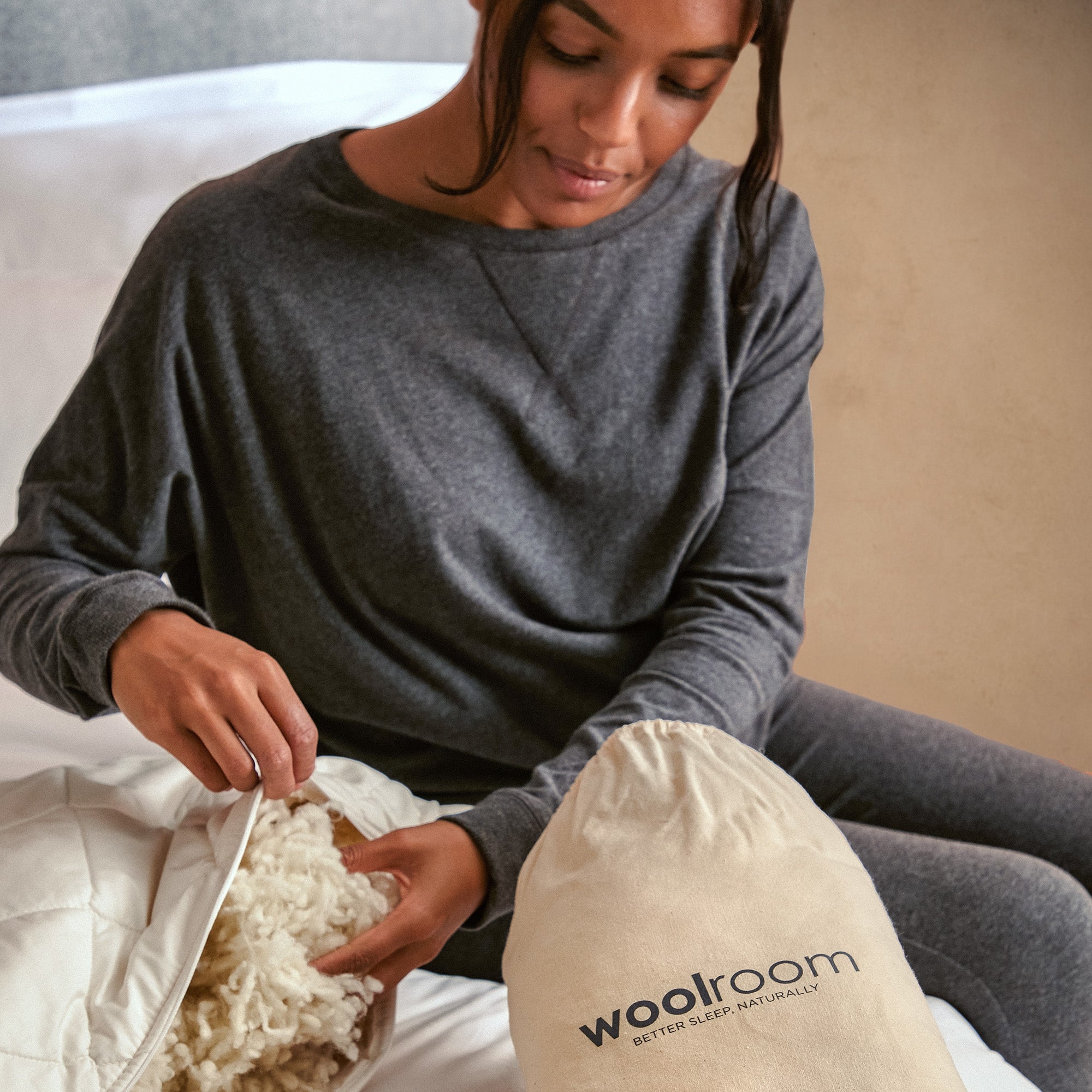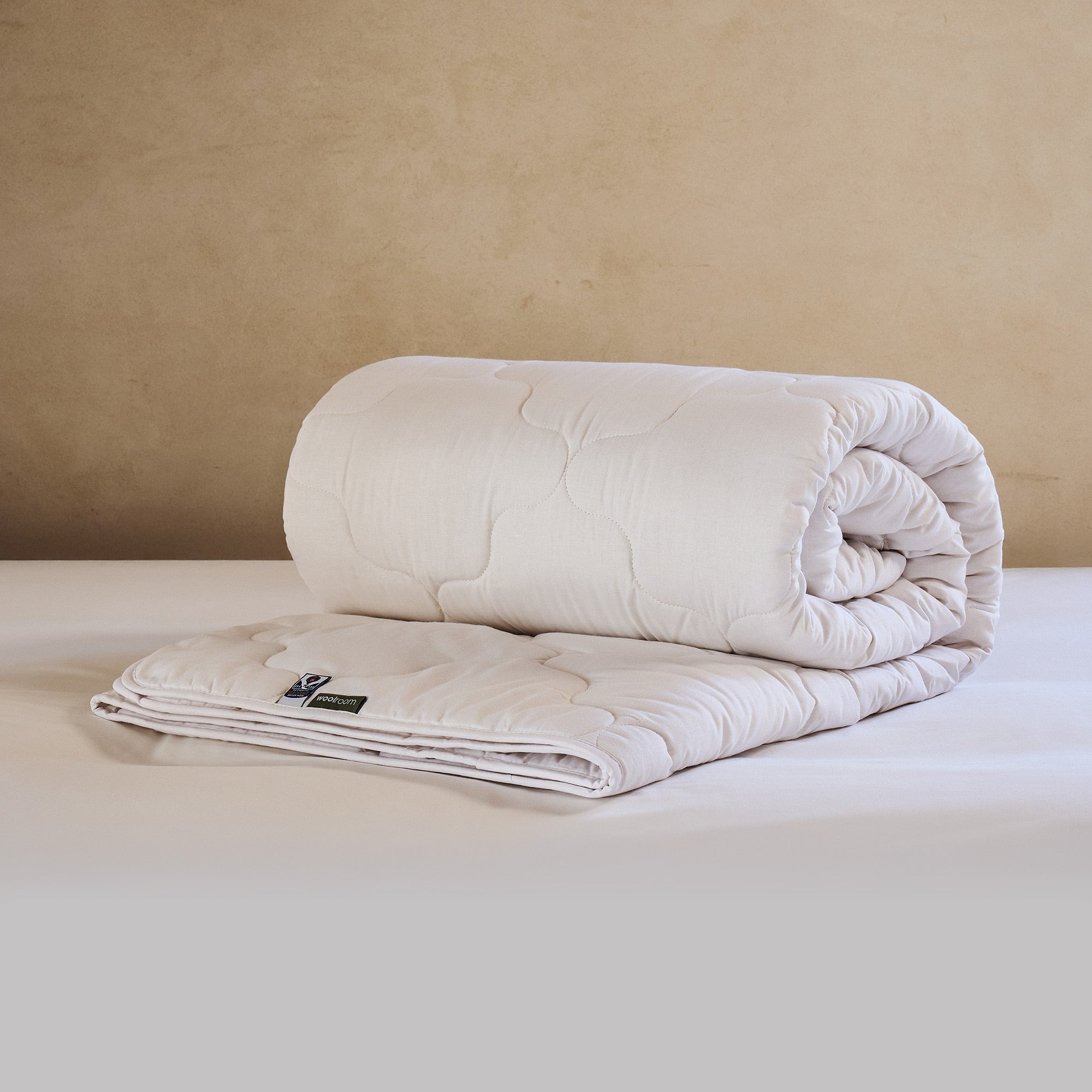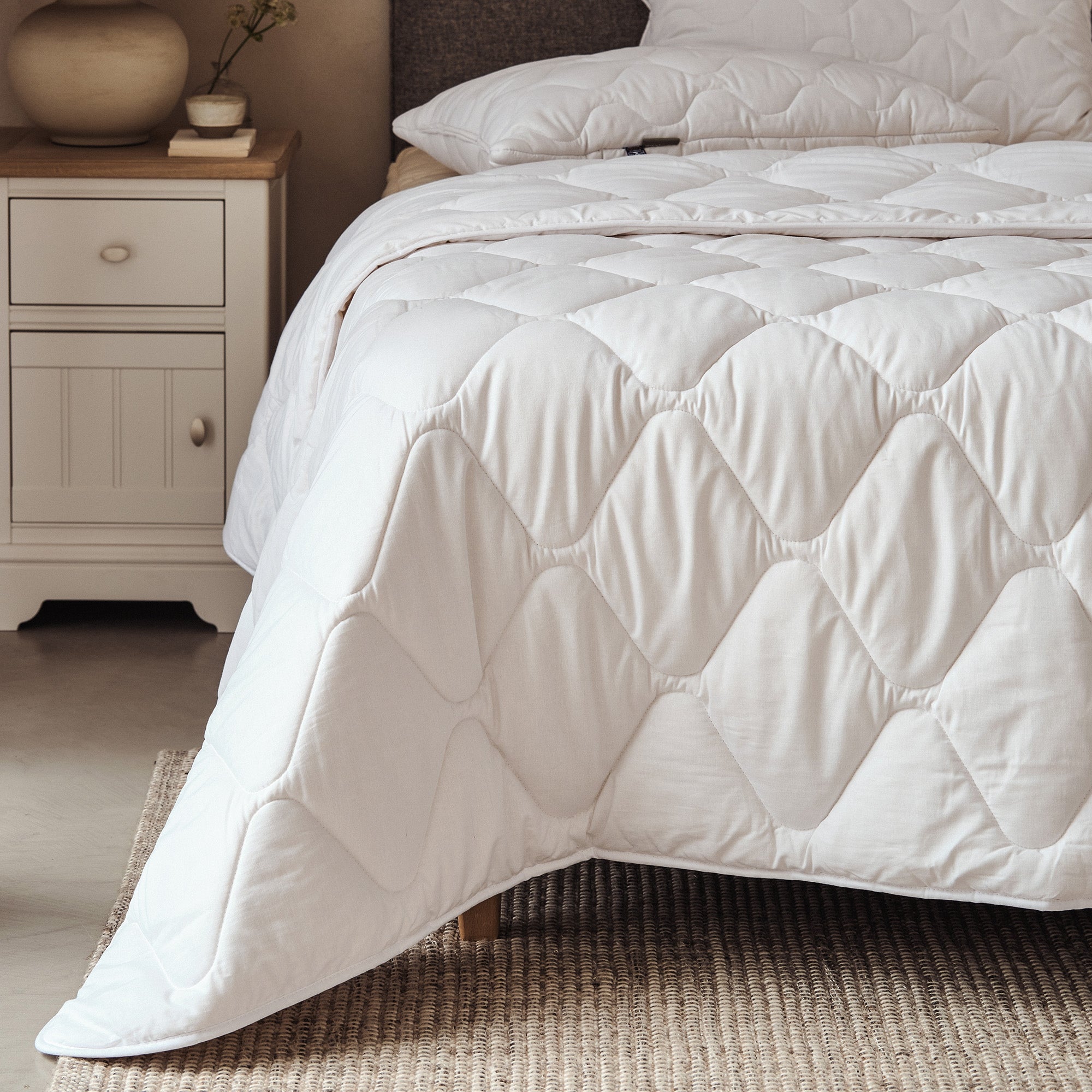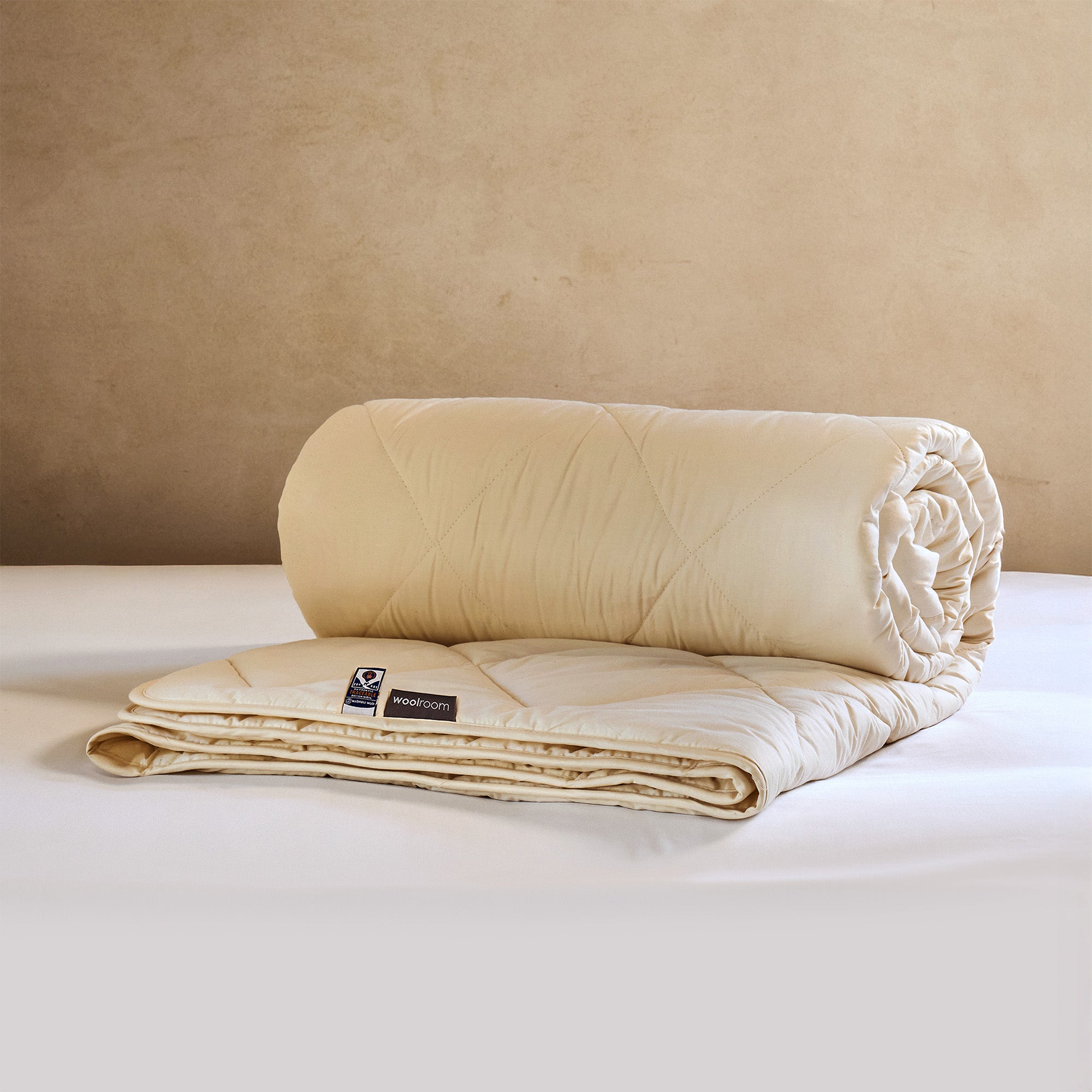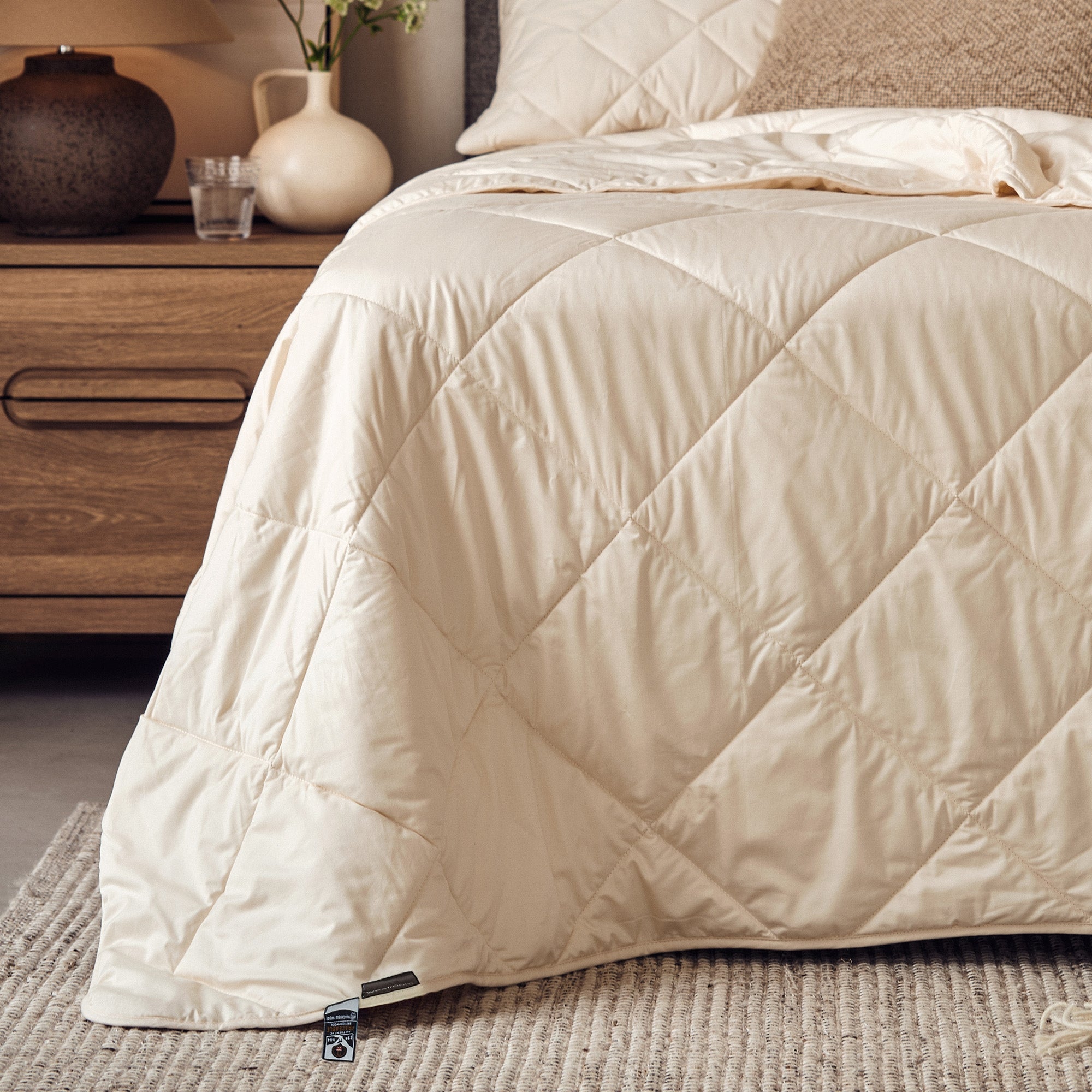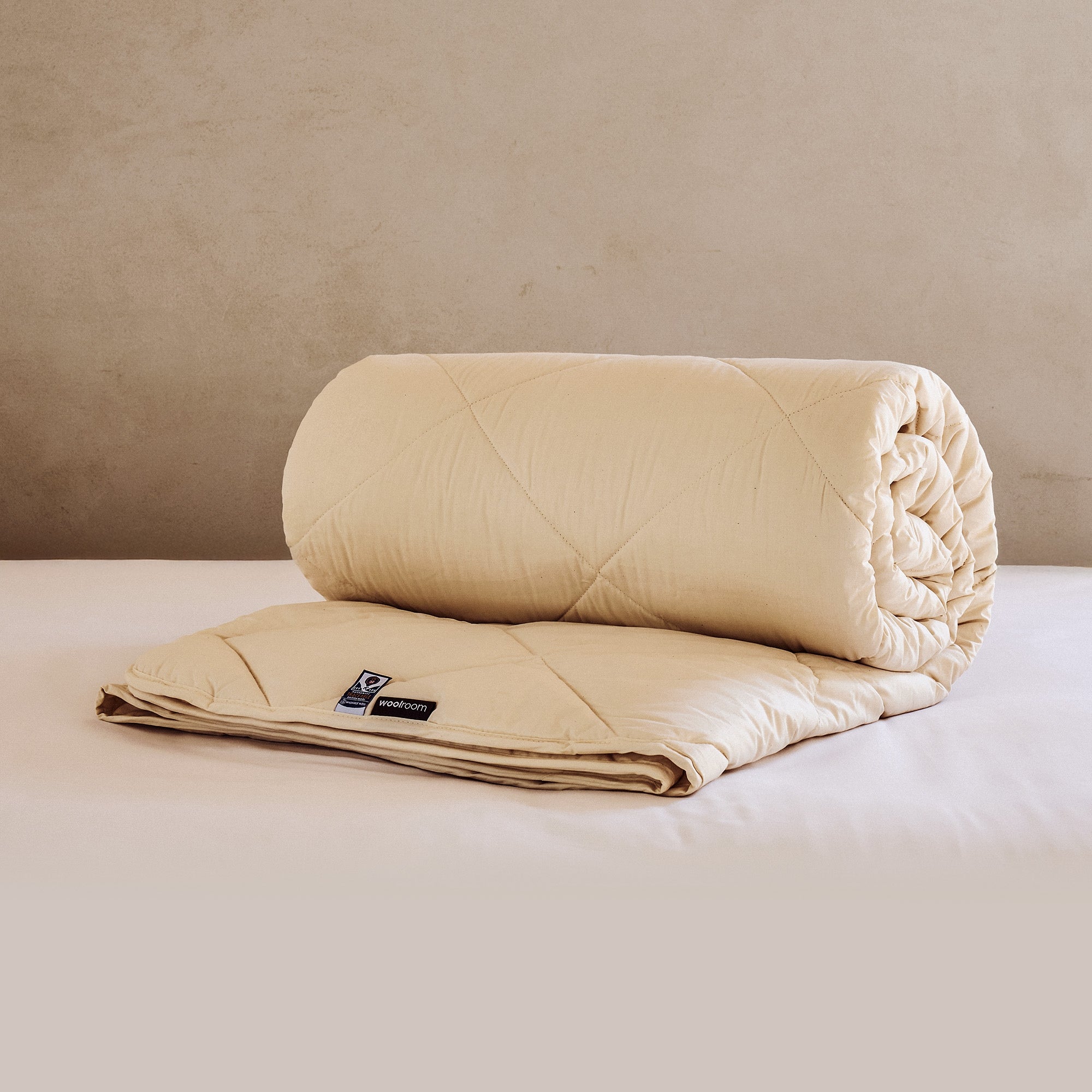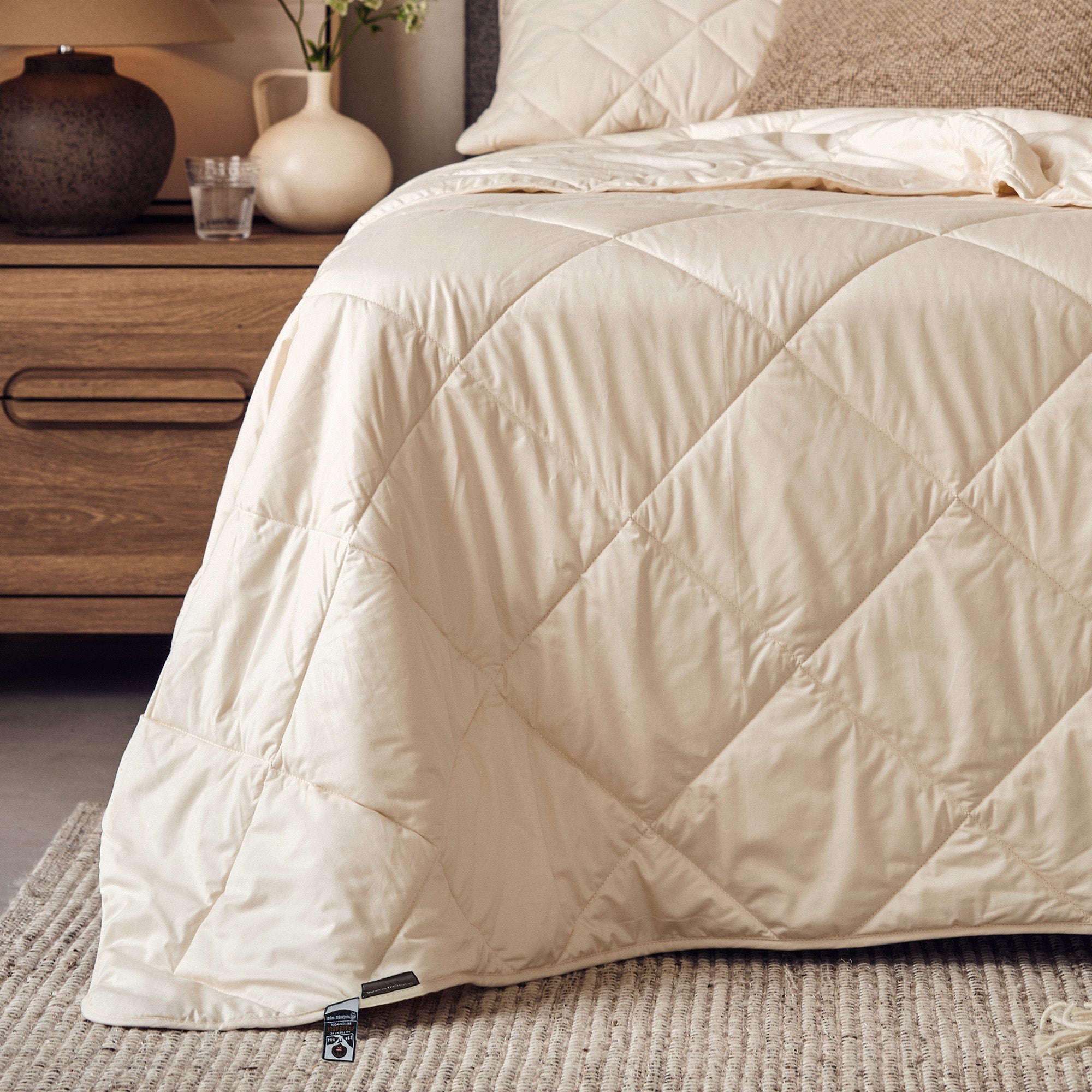Are you tired of waking up with a stuffy nose, itchy eyes, or excessive sneezing? If you’re one of the millions of people who suffer from allergies, your bedding might be the culprit. [Link to “Why Do My Allergies Get Worse at Night” blog] Below, we’ll explore the world of hypoallergenic bedding and how it can help you get better sleep.
Understanding Hypoallergenic Bedding
So, what is hypoallergenic bedding? Hypoallergenic bedding is designed to reduce the chance of an allergic reaction by creating an environment where allergens find it difficult to survive. It typically includes materials and manufacturing processes that reduce allergens like dust mites, mold, and pet dander. For allergy sufferers, hypoallergenic bedding can mean the difference between a restless night and peaceful sleep.
To get maximum anti-allergy benefits, choosing the best hypoallergenic bedding is vital. While there are many anti-allergy bedding products out there — such as comforters and pillows — some materials are better than others. Wool, for example, is particularly effective for repelling allergens and providing a hypoallergenic sleeping environment.

How Hypoallergenic Bedding Helps Combat Allergies
Hypoallergenic bedding creates a barrier against allergens and uses materials that naturally repel or inhibit their growth. Wool, for example, works wonders to absorb moisture and stay cool, creating an environment that deters dust mites, dust mite allergens, and fungal spores.
Here at Woolroom, we create all our anti-allergy bedding, including duvets, pillows, and mattresses from wool. In fact, our wool bedding is the first scientifically proven woolen hypoallergenic bedding solution that is also 100% natural.
Recent scientific tests have shown that our anti-allergy bedding is resistant to house dust mites, house dust mite allergens, and fungus. There are also many other types of anti-allergy bedding solutions on the market, but ours is proven to be effective without freezing or washing at high temperatures.
Common Allergens in Bedding
Your bed can be a hotspot for multiple different allergens. Common culprits include:
- Dust mites
- Pet dander
- Pollen
- Mold spores
These allergens thrive in warm, humid environments, which are the exact conditions found in many beds. Hypoallergenic bedding creates an environment that’s less hospitable to these irritants, helping you breathe easier and sleep better.

Benefits of Hypoallergenic Bedding
Hypoallergenic bedding offers many advantages for those wanting allergy relief. By creating a barrier against allergens, these specialized bedding products can improve your sleep environment. The best hypoallergenic bedding not only reduces allergy symptoms but also improves overall sleep quality, leading to better health.
Allergy Relief and Improved Sleep Quality
By reducing your exposure to allergens, you’ll likely experience fewer symptoms like sneezing, coughing, and itchy eyes. But the benefits don’t stop there. Better sleep quality is another significant advantage. When you’re not constantly battling allergies, you’re more likely to fall asleep faster and stay asleep longer. This can lead to improved mood, higher energy levels, and better overall health.
Hypoallergenic Bedding Materials
When considering what hypoallergenic bedding is, it’s crucial to understand the materials used. The right materials can make a big difference in creating an allergen-resistant sleep environment. Here’s a look at common hypoallergenic bedding materials.
Suitable Materials for Hypoallergenic Bedding
When it comes to finding the best hypoallergenic bedding, check out these options.
- Wool: It’s naturally hypoallergenic and has moisture-wicking properties, creating an environment where allergens can’t survive.
- Cotton: Natural and breathable, cotton can be a good choice for reducing common allergens.
- Bamboo: Known for its antimicrobial properties, bamboo can be an effective hypoallergenic material.
- Synthetic fibers: Some synthetic materials are treated with chemicals to repel allergens.
Hypoallergenic bedding from Woolroom is ideal for anyone who suffers from allergies, asthma, or eczema. In fact, we’re the only wool bedding manufacturer to have been awarded the Allergy UK Seal of Approval.

Types of Hypoallergenic Bedding Products
Every part of your bedding can play a role in whether or not you wake up sneezing. Creating a truly hypoallergenic sleeping environment involves more than just changing your pillowcase. From your mattress to your duvet, each piece can either harbor allergens or help repel them. Here’s a look at the different hypoallergenic bedding products that can contribute to a healthier night’s sleep.
Hypoallergenic Comforters and Duvets
A hypoallergenic comforter or duvet can make a world of difference in your sleep quality. These products repel allergens while keeping you comfortable throughout the night. Our wool comforters not only protect you from allergens but also regulate your temperature, keeping you cool and comfortable.
Hypoallergenic Pillows
Your pillow is one of the most important elements of your bedding, as it’s in close contact with your face all night. A hypoallergenic pillow can significantly reduce your exposure to allergens. Our wool pillows provide excellent support while naturally repelling dust mites and other allergens.
Hypoallergenic Mattresses and Mattress Covers
Like your pillow, your mattress can harbor all kinds of allergens if you don’t sleep on the right materials. You can purchase a hypoallergenic mattress or add a mattress cover to create a barrier between you and potential allergens in your mattress.
Hypoallergenic Sheets and Bed Linens
Allergies at night are not only caused by your pillow making you sneeze or your mattress disturbing your breathing — even your bed sheets and bed linen can be the problem.
Thinking about how these allergies make their way into our bed sheets can be an unpleasant thought. We all shed skin cells throughout the day, even when we sleep. Dust mites live on these cells in soft, porous environments, making your bed sheets the perfect home for them. By upgrading your sleeping environment with hypoallergenic bed sheets, you can greatly reduce your exposure to those pesky allergies.
Real-Life Examples of Effective Hypoallergenic Bedding
Many people have found relief from allergy symptoms after switching to Woolroom. Here’s a look at a study that proves wool’s effectiveness in reducing allergies.

Woolroom's Hypoallergenic Bedding
In a recent survey, Woolroom asked respondents which allergy symptoms woke them up regularly. Results showed that a blocked nose/sinus, sore throat, runny nose, sneezing, puffy eyes, itchy eyes, and rash were common issues people deal with in the morning. Further studies show that many people don’t wash their bedding regularly, which can make allergies even worse.
Woolroom is the sole natural bedding retailer in the UK that earned the Allergy UK Seal of Approval. Wool’s amazing properties make it the perfect sleeping material for combating night-time allergy symptoms. Our wool bedding is proven to provide a hypoallergenic sleep environment that can reduce allergy-related issues [Link to “How to Reduce Allergens in the Bedroom” blog], even with minimal washing.
Tools and Techniques for Evaluating Hypoallergenic Bedding
It’s a good idea to conduct some research before purchasing new bedding. Here are some ways to ensure you’re getting genuine hypoallergenic bedding:
- Read product labels carefully to see if the materials are hypoallergenic.
- Look for moisture-wicking properties because they can help prevent mold and dust mites.
- Read customer reviews to learn about other people’s experiences with the product.
- See if the product is breathable because good air circulation can help prevent allergen buildup.
Scientific Studies and Evidence
When choosing hypoallergenic bedding, it’s essential to look for products backed by science. Our wool bedding at Woolroom has gone through extensive testing to prove its effectiveness in combating allergies. In multiple tests, it’s shown to be resistant to dust mites and fungal spores.
Key Metrics for Assessing Allergy Reduction
One of the best ways to ensure bedding is actually hypoallergenic is to check for certifications, like Allergy UK Seal of Approval. Our anti-allergy bedding is the only natural solution that can boast this certification. Look out for any products marked with the Allergy UK Seal of Approval logo — these are products that have been awarded the logo and are suitable for allergy sufferers.
Our products have been scientifically proven to reduce exposure to the following allergens: house dust mites, house dust mite allergens, and fungal spores. Endorsement by Allergy UK indicates that an individual's exposure can be reduced, but this does not mean that an individual's allergic symptoms will necessarily diminish. Allergy UK's opinion applies only to the products and allergens stated. Products should be used only for their intended purpose and strictly in accordance with the manufacturer’s instructions at all times.
Embrace Better Sleep With Hypoallergenic Bedding
Hypoallergenic bedding is a game-changer for allergy sufferers and anyone wanting a cleaner, healthier sleep environment. By choosing the right materials and products, you can reduce your exposure to common allergens and improve your sleep quality.
Explore Our Hypoallergenic Options
At Woolroom, we’re committed to providing the best hypoallergenic bedding options. Our certified wool products protect you from allergies, regulate your temperature, and provide maximum comfort. Whether you’re looking for hypoallergenic comforters, pillows, mattress covers, or sheets, we have options to fit every home. Explore our options today to create your ultimate sleep sanctuary!
